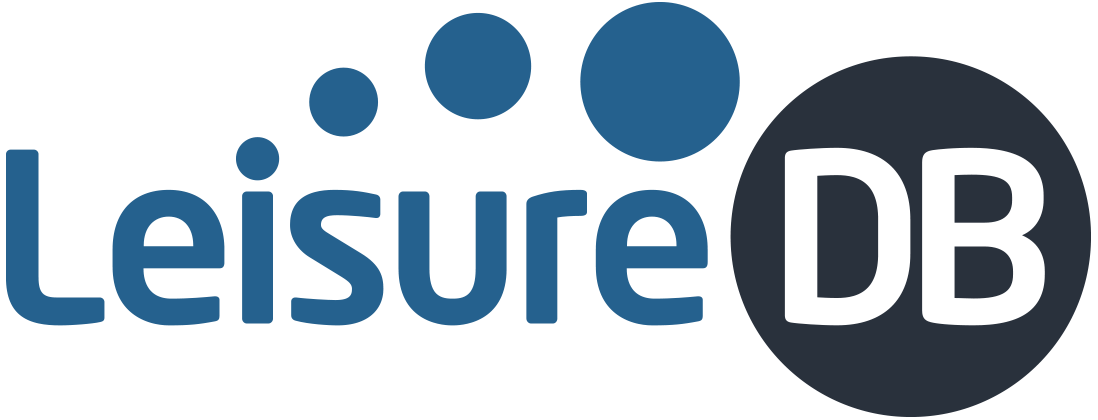A London start-up company has conquered the world with its swimming app, SwimIO. The app has recorded almost 3m swims covering a distance of 4 billion meters, that’s around the world 100 times.
Now live in 155 countries, SwimIO is the first swimming app to go global. The app encourages more participation by providing a local search and live timetables so users can find where their nearest favourite swimming activity is taking place. The top five countries, by page views, is UK, USA, China, Spain and Poland.
Users access search and live timetables over 3m times every month which equates to 4m swimmers, 9m sessions and 27m total page views (68% from mobiles). So, finding out where the nearest lane swimming is available or where a mums and toddler’s session is taking place, is now at the touch of a button.
Live timetables are currently being used by over 500 swimming pool sites in the UK and Ireland and through some new technology and APIs these timetables can be viewed on the pool website, on the app, on screens in reception and via voice phone service. At home, users can even create their own weekly timetable and print it. Expansion of the API service is being rolled out to all English speaking countries and the number of page views are expected to double in 2017.
SwimIO is provided by Active in Time (AiT) originally based at Google Campus, near London’s silicon roundabout and the founder, Dan Morgan created it out of frustration of not being able to find pool space for his water polo club. Dan took on the task of bringing swimming pool marketing from the 1990’s to the present day, linking new technology and water together for the first time. Dan says, ‘it’s cool that around one third of public pools in the UK have been early adopters of the technology which provides a seamless digital gateway of choice to the consumer.’
AiT plans to integrate its live timetable APIs to new services to be launched in the UK soon including, Reserve with Google, Facebook Calendar, Amazon Alexa and Yell who are all looking to add local search, linked to live timetable APIs, plus transaction. These granular, on-demand searches, essential for today’s consumer, are due to explode in 2017 and AiT are ready to integrate all local pool providers with these new services.
Editors Notes
‘Swimmer Dan Morgan’ the founder, created the app in his bedroom in 2011 and now swimmers have recorded over 3m swims, clocking up over 4 billion meters, that’s the equivalent of 100 times around the world. In June 2015 Dan put the first swimming app on the Apple Watch and before that the Pebble Watch. Dan’s aim has always been to put swimmers on equal terms with runners and cyclists in the world of wearables and software and SwimIO is the first app to integrate with popular running and cycling apps along with Apple’s HealthKit so workouts can be logged.
Active in Time (AiT) is the sister company of LeisureDB
Contact
Founder, Dan Morgan dan@activeintime.com 07894 998333
Operator Software, Jamie Buck jamie@activeintime.com 07887 768312




